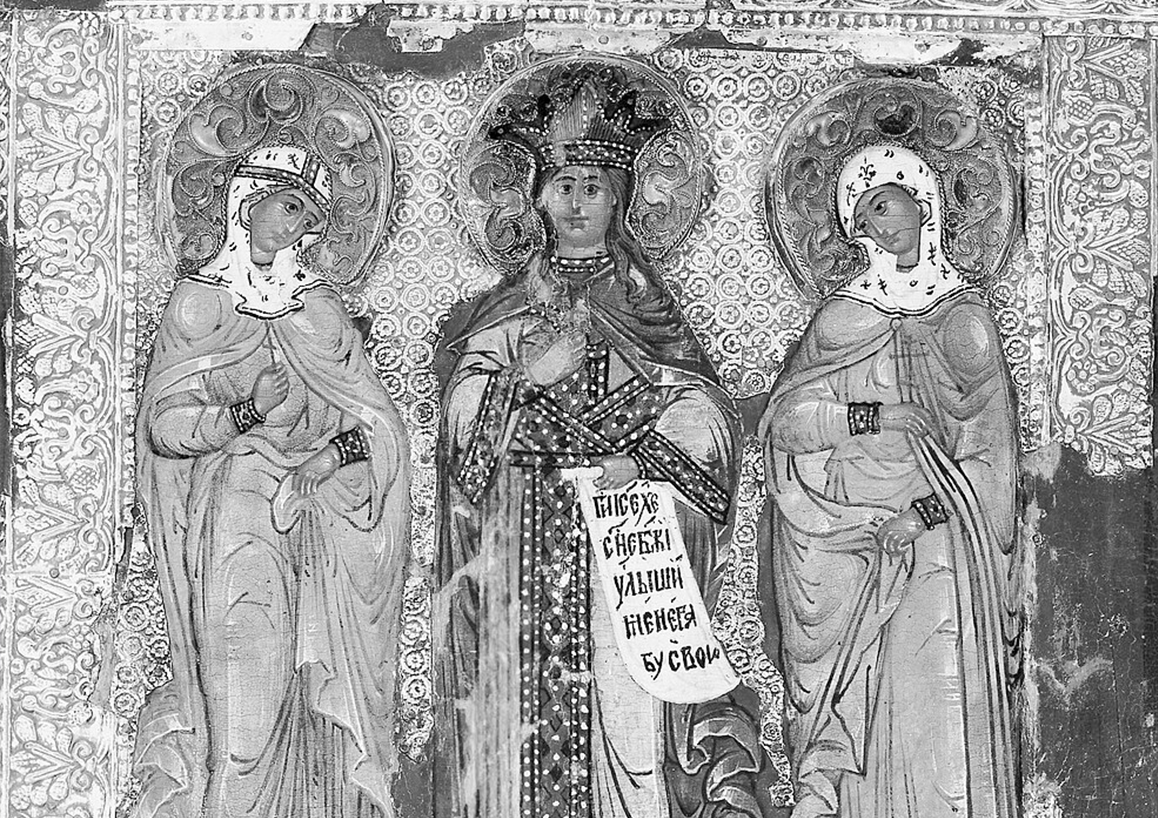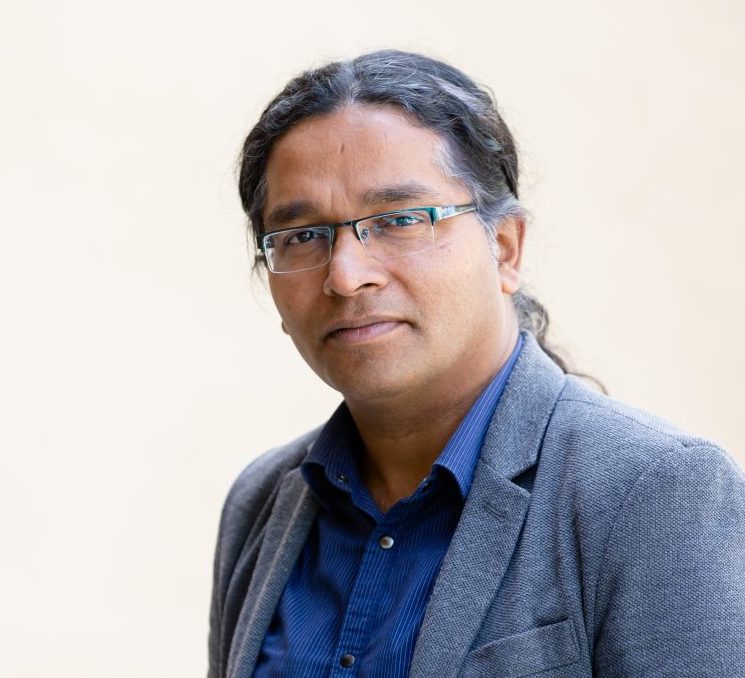“How to Make a Saint: the Narrative and the Normative in Medieval Biographies of Holy Women”
Stories and saints have long travelled together in the history of medieval Christianity. But what does telling stories about holy women have to do with making them saints? How do modes of relating the life of a holy woman both draw upon and shape communal notions of sanctity or the ecclesiastical norms of canonized sainthood? The twelfth-century life of the holy woman, Christina of Markyate, continually calls our attention to the sequential order in which she and others narrate deeds and visions. In his fourteenth-century Legenda Maior, Raymond of Capua just as continually calls our attention not merely to the sequential but also to the non-sequential modes in which he relates Catherine of Siena’s deeds and visions. To what extent do the acts of sequential narration portray Christina as a Benedictine saint in the making and, likewise, what implications does Raymond’s acknowledged alternation between sequential and non-sequential modes of narration have for his portrayal of Catherine as an emergent Dominican saint? Or, consider the lay holy woman Margery Kempe, who emphasizes that her “boke is not wretyn in ordyr.” What bearing does Margery’s acknowledged lack of “ordyr” in narrating her autobiography have on her attempts to present herself as a saint in the face of those who assail her as a heretic?
My book-project, “How to Make a Saint: the Narrative and the Normative in Medieval Biographies of Holy Women” seeks to answer such questions from the dual perspectives of narrative forms and communal or institutional norms across the High and Late Middle Ages in Europe. I argue that the formal features of a holy life have more to do with the conventions and procedures of gendered saint-making than scholarship has thus far recognized, and that literary scholars and historians alike can learn much about sanctity and sainthood by examining the intersections of the narrative and the normative in female holy biographies.
“How to Make a Saint” argues that the narrative properties of holy biography are integral, not incidental, to the normative process of saint-making in the High and Later Middle Ages. Shifting the emphasis from character to form, from individuals to institutions, the book examines four biographies of holy women in light of two categories of texts that are rarely read together: school books of rhetoric and commentaries on them, on the one hand, and treatises on ecclesiastical norms and commentaries on them, on the other. In so doing, my book uncovers the extent to which matters of narrative such as invention, disposition, exposition and recollection not passively reflect but reciprocally shape normative concerns such as monastic constitutions, saintly reputation, canonical obedience, episcopal jurisdiction, vows and oaths. The book contends that the holy biographies do more than report the lives of women already regarded as holy in the world: the biographers exploit the resources of narrative to have their female protagonists elicit and fulfil gendered expectations within their texts, and thereby contribute toward their sanctification or even canonization processes in the extra-textual world.
Image caption: Three Female Saints – painting by a Russian Painter (MET, 1972.145.31)
People
Arvind Thomas
Arvind Thomas teaches medieval literature in the English Department. His first book, Piers Plowman and the Reinvention of Church Law in the Late Middle Ages, was published in 2019 by the Univ. of Toronto Press. Since then, he has published articles on legal maxims in Chaucer and Langland (in Studies in the Age of Chaucer and Medium Aevum), on oaths, vows, and marriage in the Life Christina of Markyate (in Studies in Philology), and on “cunning” in Margery Kempe (in Modern Philology) as well as on order and jurisdiction in the Book of Margery Kempe (forthcoming in Studies in the Age of Chaucer). His research and teaching centers on Latin as a living language, premodern Latin and English rhetoric, medieval church law, and usury as well as on critical animal studies. His book manuscript entitled “How to Make a Saint: the Narrative and the Normative in the Holy Biographies of Four Medieval Women” is currently being revised for re-submission to an academic press.



